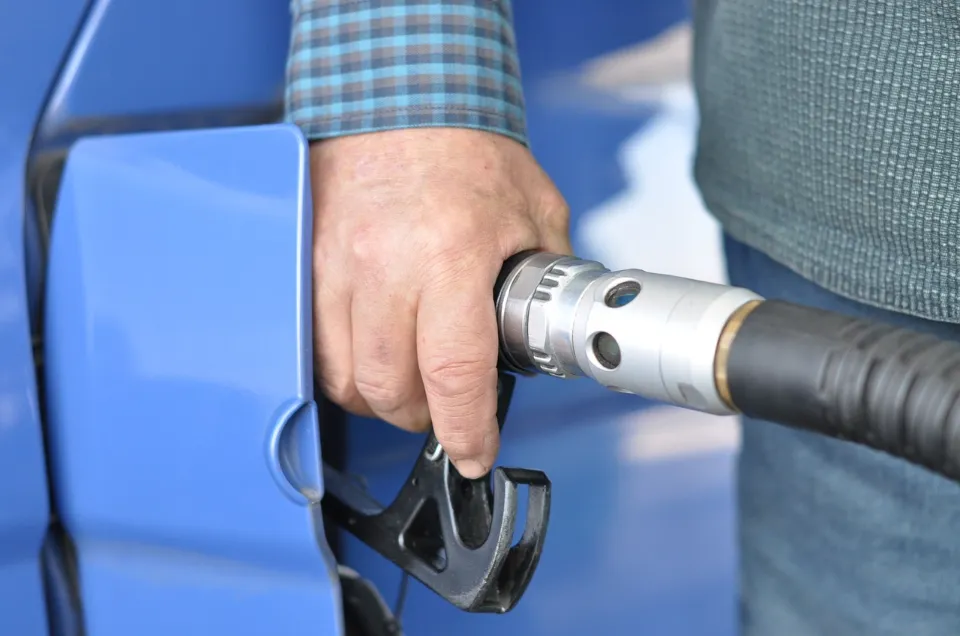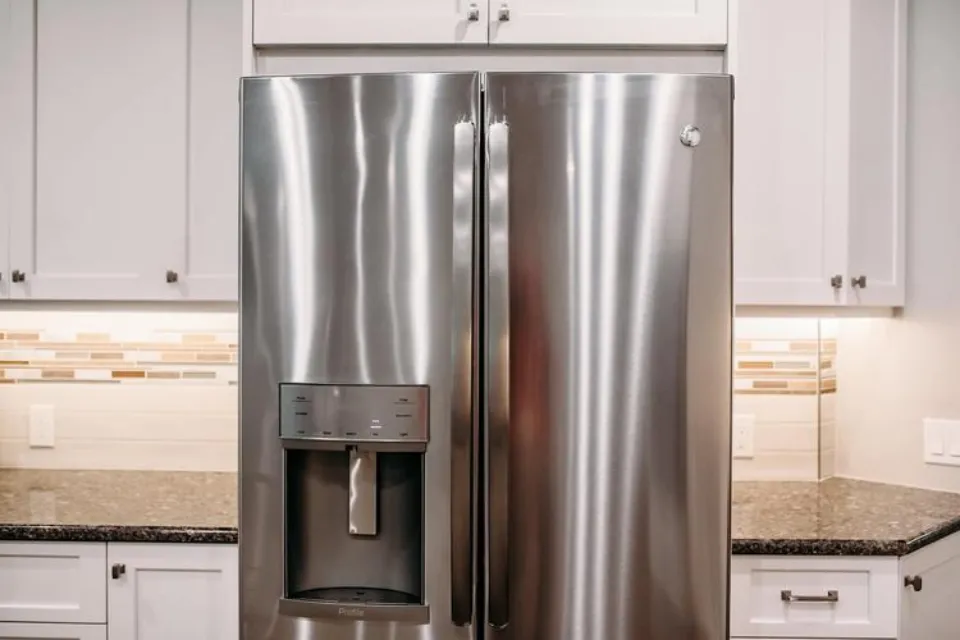Finding fuel-saving strategies is a common practice among drivers. You might be tempted to use regular gas in your car even though it normally requires premium fuel in order to save a few dollars. But does it pay off, and can it harm your car?
Drivers can mix the two fuel types, but it really depends on the vehicle. However, older engines usually don’t suffer when using regular and premium gas together.
The differences between premium gas and regular gas and how each affects your car’s fuel efficiency will be covered in greater detail in this article.
The Difference Between Premium and Regular Gas
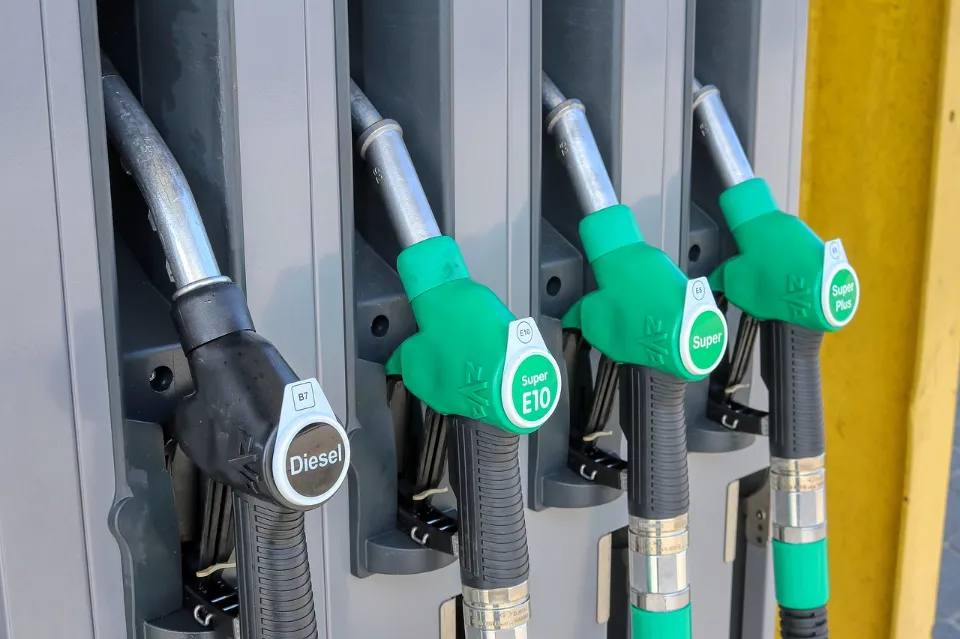
The Octane Rating is the first thing you need to understand when comparing the premium and regular gas differences. The likelihood of improper combustion is determined by the octane rating. The chance of misfiring is reduced in direct proportion to octane rating. When there are these misfirings, pre-ignition or engine knocks happen. Engine knock, which is not a problem if it occurs infrequently but can harm an engine over time, is avoided by using higher octane fuel. Premium gas, which has a higher octane rating, is typically either 91 or 93. An 87 octane rating is assigned to regular gas.
Is It Bad to Mix Premium and Regular Gas?
In older cars, combining regular and premium gas would have quickly and severely knocked the engine. Engines are more flexible now to the variety. Mixing premium and regular gas is it bad? Well, perhaps not always. It won’t harm to top off with regular fuel if your car needs premium to run smoothly but you can’t find a station that has premium. Running on regular gasoline for an extended period of time should be avoided.
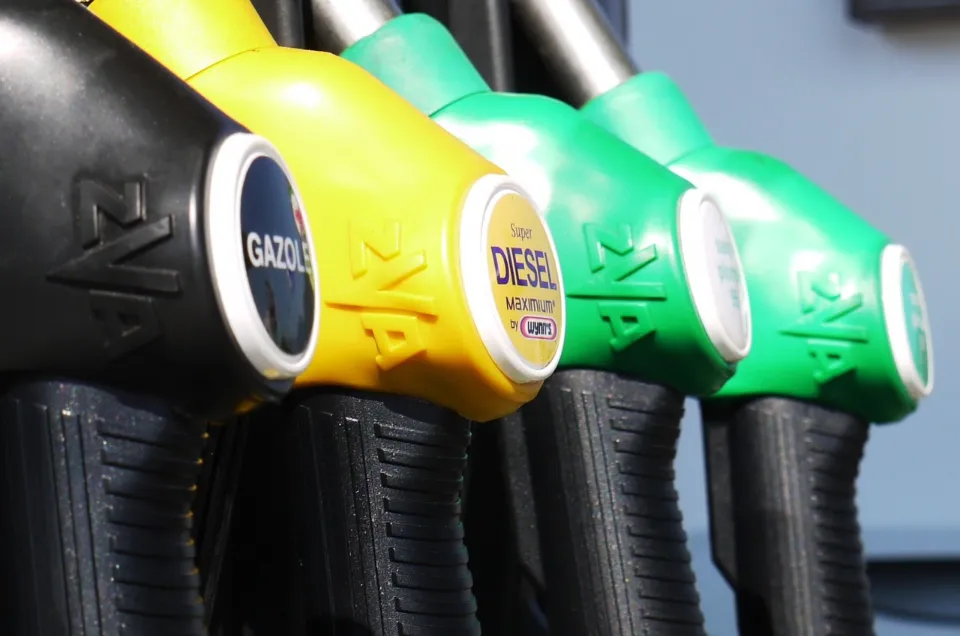
Your car might require premium gas for a number of different reasons. If you have a turbocharged engine, which needs higher octane fuels to function properly, or if you chose to purchase a high-performance car with a high strung engine that operates with tight tolerances, mixing regular and premium gas may not be a good idea.
Read More: What to Do if You Lose Your Car Keys
What Happens When You Mix Premium With Regular Gas in a Regular Gas Vehicle?
Don’t worry if you accidentally put premium gas in your car’s gas tank when it was meant to be regular. Generally speaking, using premium gas in a regular gas vehicle won’t have any advantages or problems.
Here are a few additional things to be aware of when adding premium gas to a regular vehicle.
1. There May Be No Extra Benefits If the Car Doesn’t Need Premium Gas
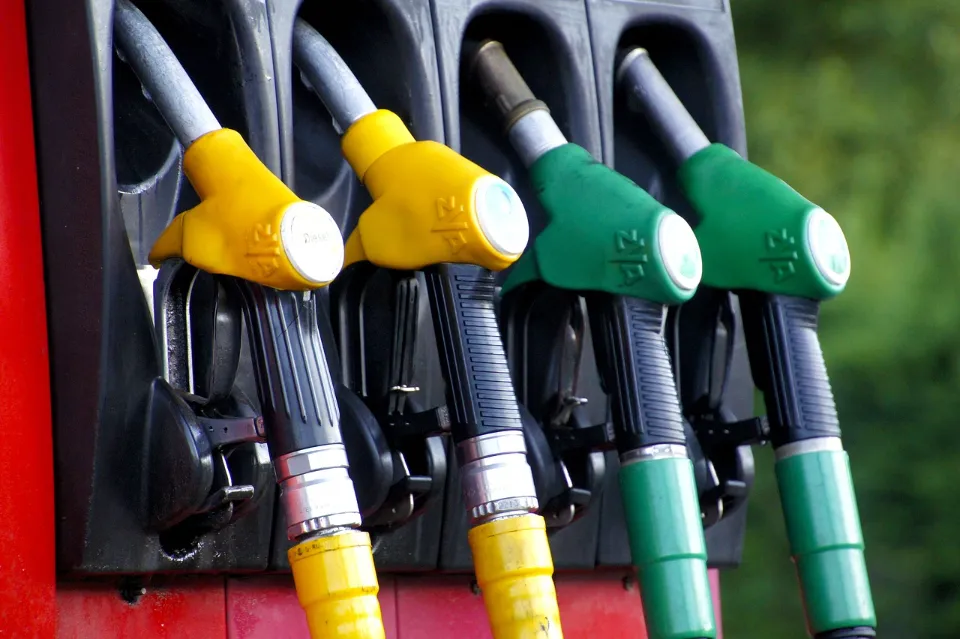
According to the Federal Trade Commission, using gasoline with a higher octane rating than the recommended one often brings zero benefits.
The first thing you’ll probably notice is how much more it will cost you to fill up your car with premium fuel when it could have been filled with regular fuel. The engine’s performance won’t be faster or noticeably better.
On the other hand, there are some circumstances in which blending premium and regular gas in an equal amount will result in a mid-range blend that will increase your mileage. Additionally, it has been demonstrated to slightly raise the performance of your engine.
2. Premium Gas and Regular Gas Have Varying Octane Ratings
While some states only classify premium gasoline with an octane rating of 90, others do so with 92.
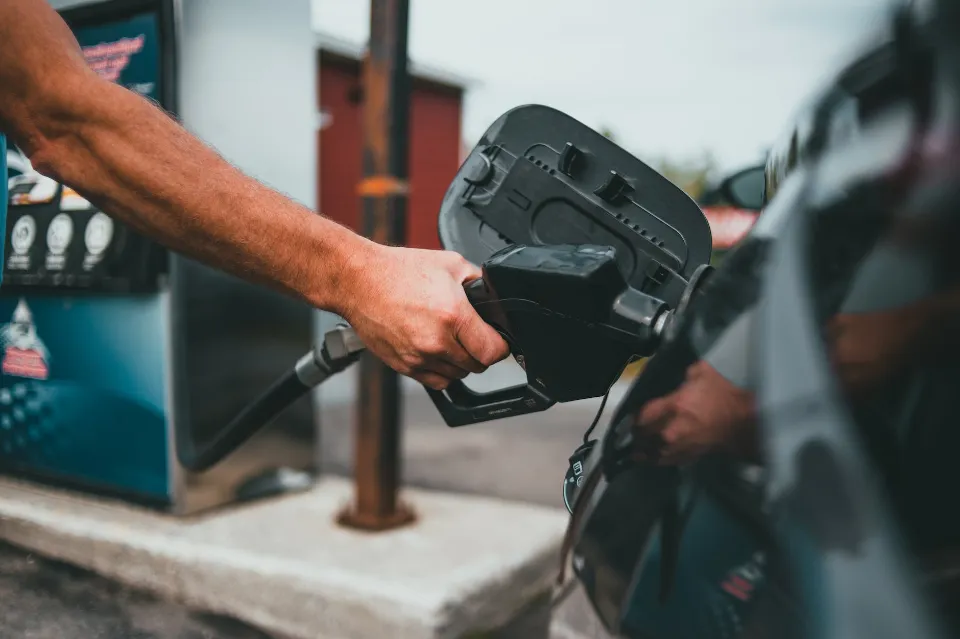
Most gas stations stock three grades of octane:
- Regular grade: 87 octanes
- Mid-grade: 89 octanes
- Premium grade: 91-93 octanes
As a result, you might discover that the premium gas you used to refuel your car isn’t actually high-octane fuel.
In the past, if you put lower octane fuel in a vehicle that needed a higher octane fuel, it would start making a lot of noise. Usually, the engine would start to knock before you even pulled out of the gas station parking lot.
Thankfully, modern cars use engine control units, or ECUs. It will automatically change the performance of your engine to accommodate the lower octane fuel. You won’t want to make this a regular practice, even though it might be acceptable for one or two fill-ups at the pump.
Octane Needs of Certain Vehicles
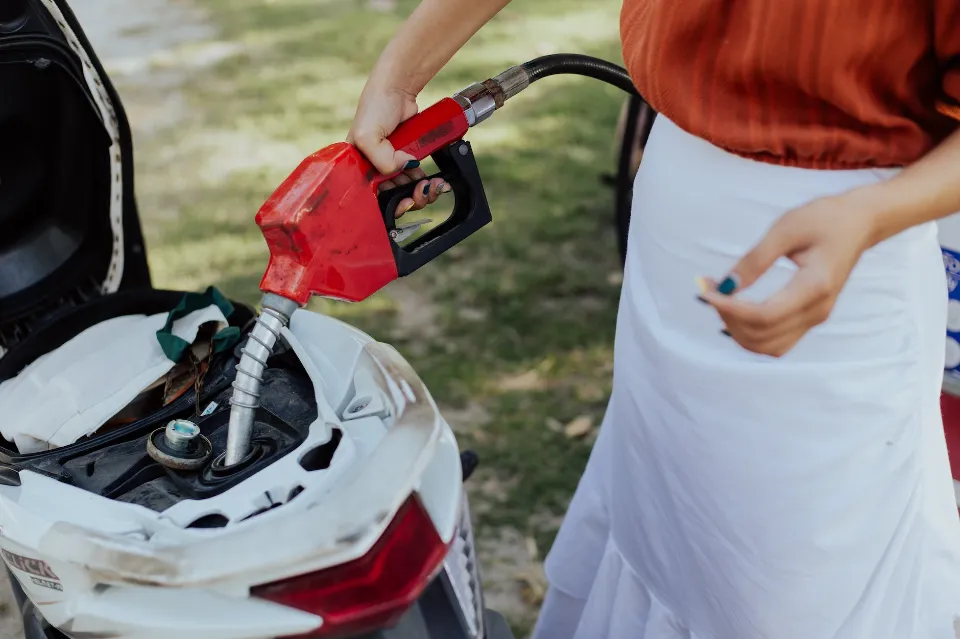
Three fuel types—regular, mid-grade, and premium—are typically available at gas stations. The octane content of each of these fuel types varies.
87 to 89 octane is the average for regular gasoline, 89 for mid-grade, and 91 to 93 for premium, depending on the region.
For the best performance, use premium fuel instead of regular or mid grade if your vehicle requires a high octane fuel, which is generally defined as anything above 90 in the USA.
Typically, vehicles with heavy engines or turbochargers need premium gas. These vehicles require high octane fuel to function properly because their engines have high compression ratios.
It’s likely that you will hear some engine noises or notice a decrease in overall engine performance if you add low octane fuel to a turbocharger.
How Does Premium Differ from Regular Gas?
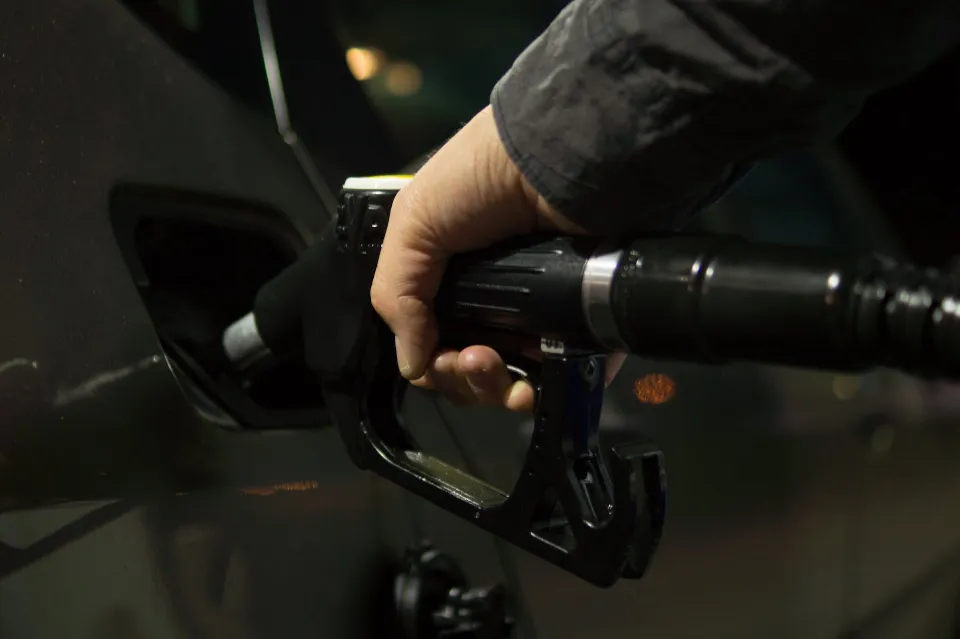
You must understand the octane rating to comprehend how premium gas differs from regular gas. Octane in fuel is used to optimize combustion inside engines.
For high-performance cars whose engines burn fuel at a rapid rate, higher octane fuels are preferable. In order to prevent mistimed combustion in these higher-performance vehicles, high octane fuel must be used.
Compared to regular gas, premium has a higher octane rating. Depending on where you live, it can be anywhere from 91 to 93.
In fact, there are some locations where premium octane levels are higher than 93. The octane level of regular gas, on the other hand, is 87.
When improper combustion is likely to happen, the octane rating of gasoline tells you. An increased octane rating indicates that there are minimal chances of timing errors (mistimed combustion).
It makes sense that people occasionally preferred to use premium in regular gas vehicles since higher octane gasoline is ideal for preventing engine knock.
Lower-level pings from time to time usually do no harm to your car. However, persistent engine knocking damages your engine by accelerating wear and tear.
Final Thoughts on Mixing Premium and Regular Gas
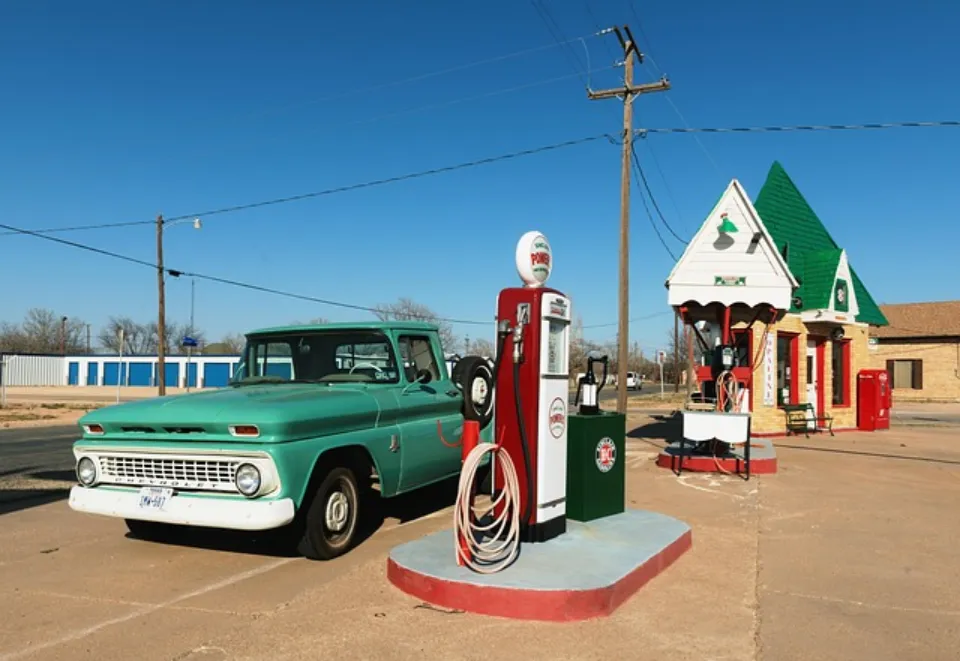
In general, it’s not recommended to mix premium and regular gas in any vehicle. Use premium fuel if your car is a premium model, and regular gas if it is a regular model.
A car that should run on regular gas gains nothing from mixing the two, and a car that should run on premium gas might not run as smoothly. Stick to your car’s octane level unless there are absolutely no other options.
You should first speak with automotive professionals before using premium fuel in a regular vehicle. However, do not be misled by the widespread misconception that using premium fuel in regular vehicles will improve handling and performance.
Proper upkeep and regular inspections are crucial for any vehicle. Your car’s performance will always be at the highest level with these two.
FAQs
What Happens If You Mix 87 and 93 Gas?
Higher octane gas is generally better for your engine and will produce marginally better performance. However, when you mix two different octane levels, you get their average. This means that if you have exactly half a tank of 87-octane gas and half a tank of 93-octane gas, you only have a full tank of 90-octane gas.
Can You Switch Between Regular and Premium Gas?
If a vehicle requires premium fuel, experts advised against switching to regular gas. When drivers fill a vehicle that needs high-octane fuel with lower-octane fuel, they run the risk of damaging the powertrain, which consists of the engine, transmission, and other parts.
What Happens If You Put 87 and 91 Gas?
If you put lower-octane fuel into your high-octane vehicle, whether by mistake or to save money on gas, you’ll probably notice the effects right away: things like poor fuel economy, reduced acceleration, and spark knock, which sounds like a high-pitched pinging or rattling noise.

